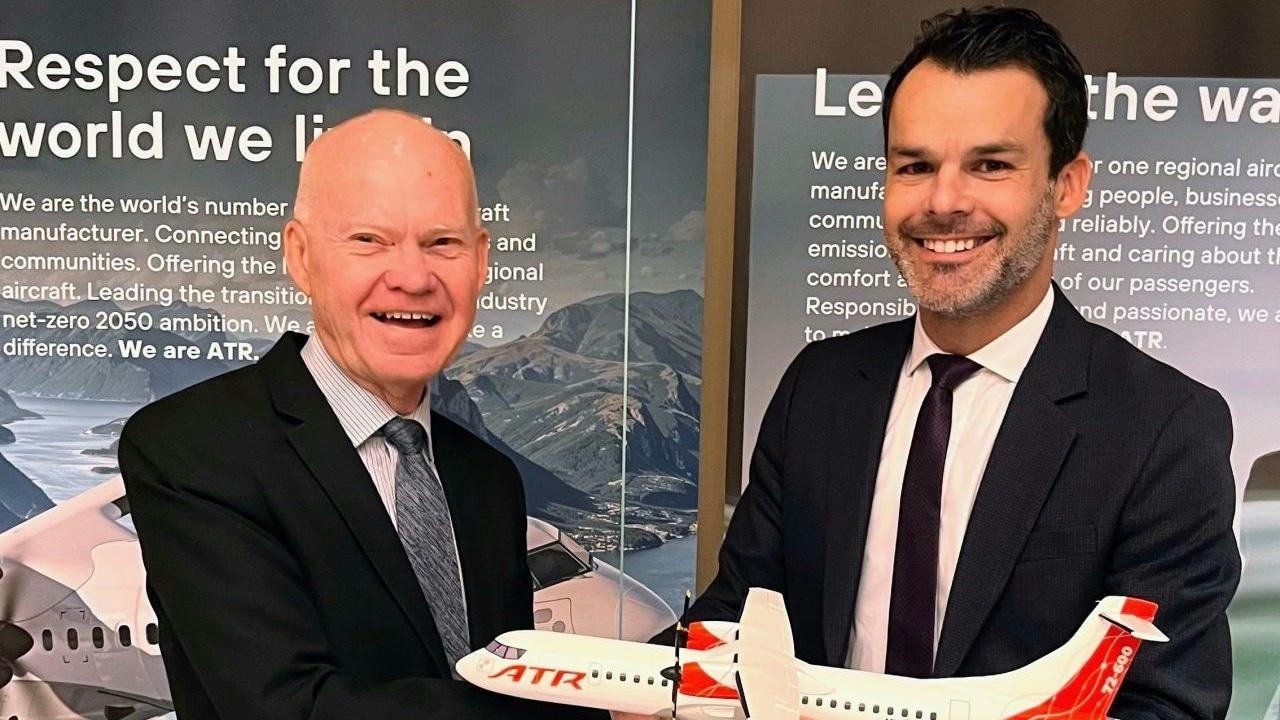
AeroGenie: Su copiloto inteligente.
Tendencias
Categories
South Korea's Competition Agency Approves T'way Air Takeover
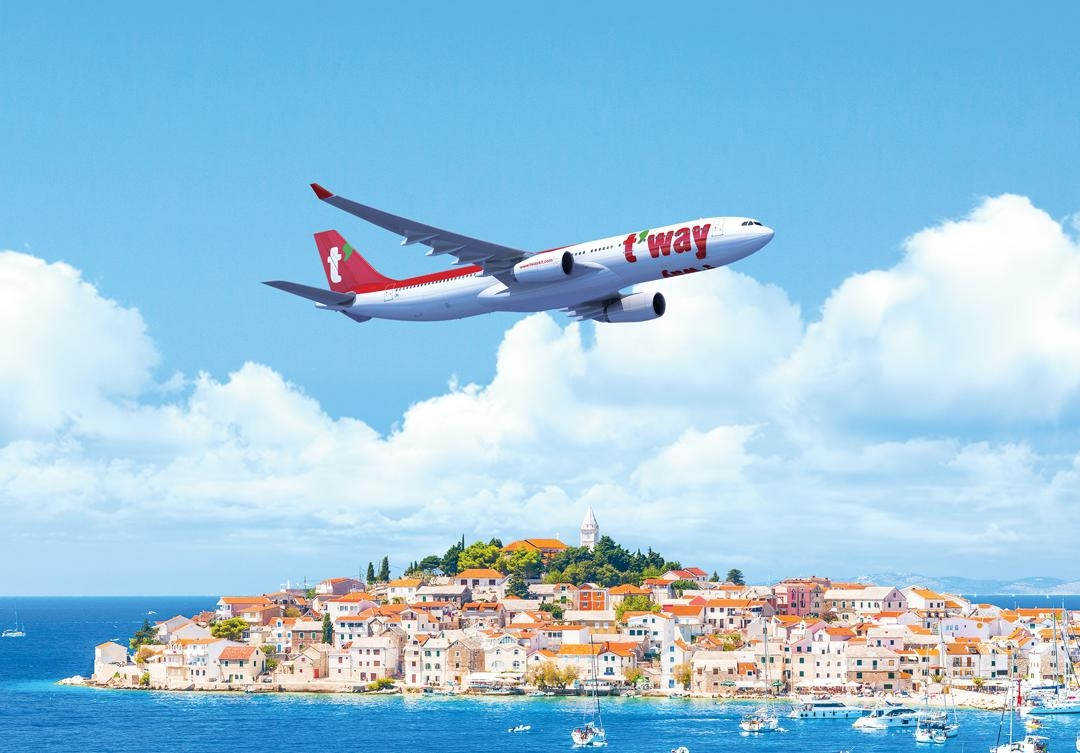
South Korea's Competition Agency Approves T'way Air Takeover
South Korea’s Fair Trade Commission has granted approval for Daemyung Sono Group’s acquisition of T’way Air, enabling the completion of a KRW250 billion (USD185 million) share purchase from YeaRimDang Co., Ltd. The decision, communicated on June 11, follows an extensive regulatory review that focused primarily on Daemyung Sono’s financial capacity to sustain the low-cost carrier beyond the immediate post-acquisition period.
Regulatory Review and Market Impact
The Commission determined that the takeover would not harm competition within the domestic aviation market. In February, Daemyung Sono Group agreed to acquire a 46.26% stake in T’way Air from YeaRimDang, increasing its total shareholding to over 50% and securing control of the airline. This agreement concluded a prolonged contest for control between the airline’s two largest shareholders.
Daemyung Sono Group has outlined plans to modernize and optimize T’way Air’s fleet, which currently comprises 41 aircraft, including six A330-200s, four A330-300s, three B737-8s, twenty-six B737-800s, and two B777-300ERs. The group intends to concentrate on Boeing 737 models for intra-Asian routes, while deploying A330-300s and the newer A330-900Ns—one already in service with five more on order—for long-haul flights. The older A330-200s and B777-300ERs are slated to be returned to lessors as the new aircraft enter service. Strengthening T’way Air’s financial position remains a key priority for Daemyung Sono, a factor that contributed to the extended regulatory scrutiny.
Industry Context and Future Prospects
The approval arrives amid increased regulatory focus on aviation safety in South Korea. T’way Air, along with several other carriers, was recently fined for maintenance deficiencies, highlighting ongoing sector-wide concerns. The Fair Trade Commission’s decision also coincides with heightened competition among airlines, with major players such as Korean Air undergoing their own regulatory examinations, including reviews of proposed mileage integration schemes.
Market analysts suggest that Daemyung Sono’s acquisition could intensify competition within the South Korean aviation industry, potentially prompting strategic adjustments from established carriers. The takeover may also have implications for broader regional aviation initiatives, such as the pilot program for reciprocal airport immigration lanes between South Korea and Japan, designed to facilitate travel and strengthen bilateral ties.
With regulatory clearance secured, T’way Air is scheduled to hold a shareholders’ meeting on June 24 to elect a new board of directors. Daemyung Sono Group Chairman Seo Jun-hyeok is among the candidates, underscoring the group’s commitment to its new aviation asset. Given Daemyung Sono’s majority ownership, the election of its preferred board members is expected to proceed without difficulty.
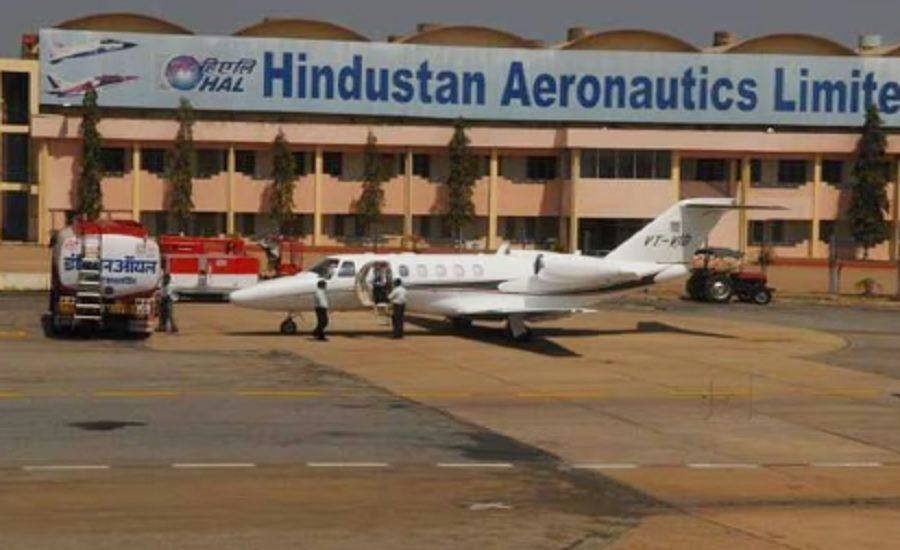
HAL Nasik Shortlists Candidates for Chief Quality Manager Role in Civil MRO Expansion
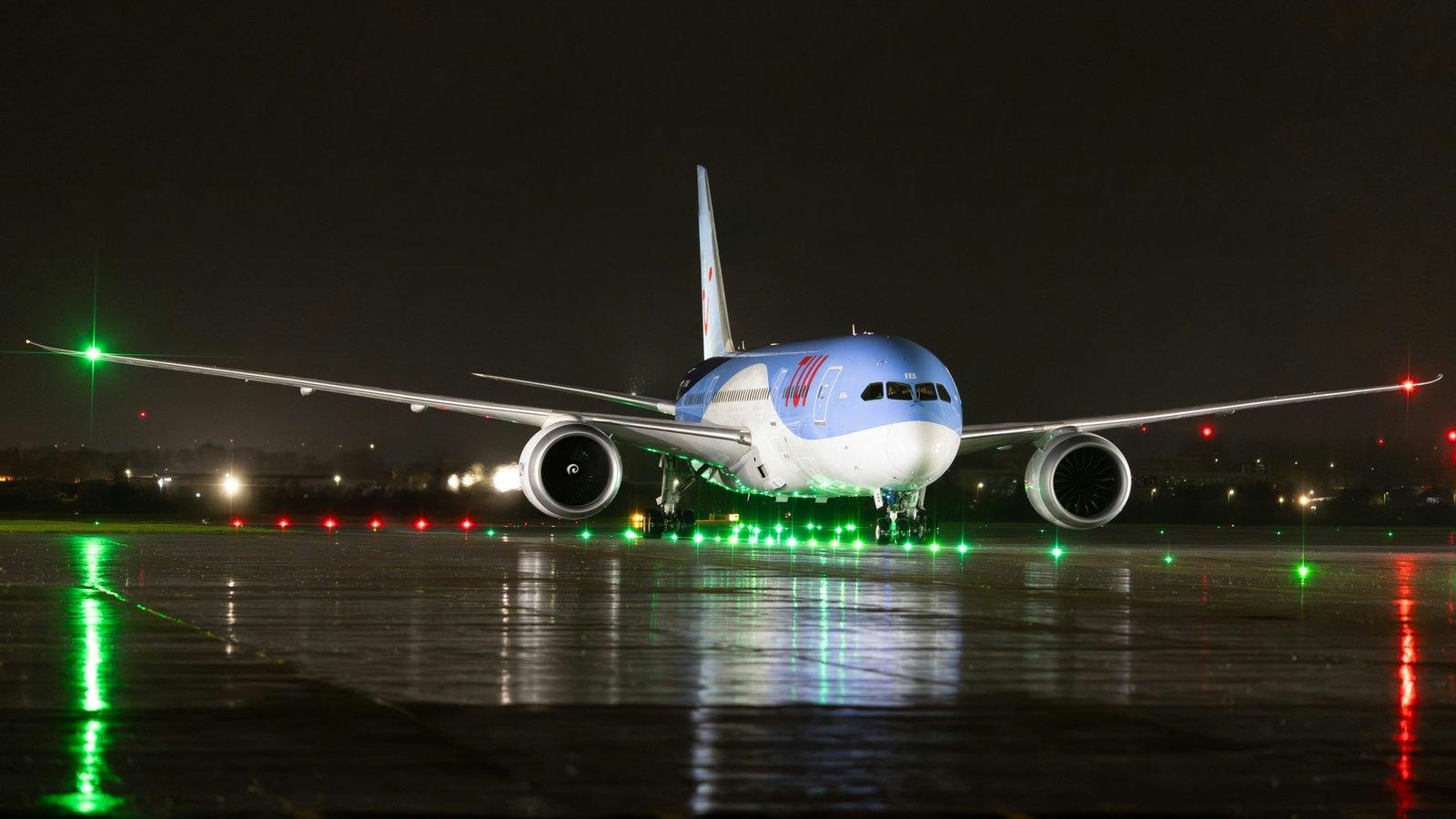
High Ridge Aviation Acquires Aircraft from CDB and BBAM
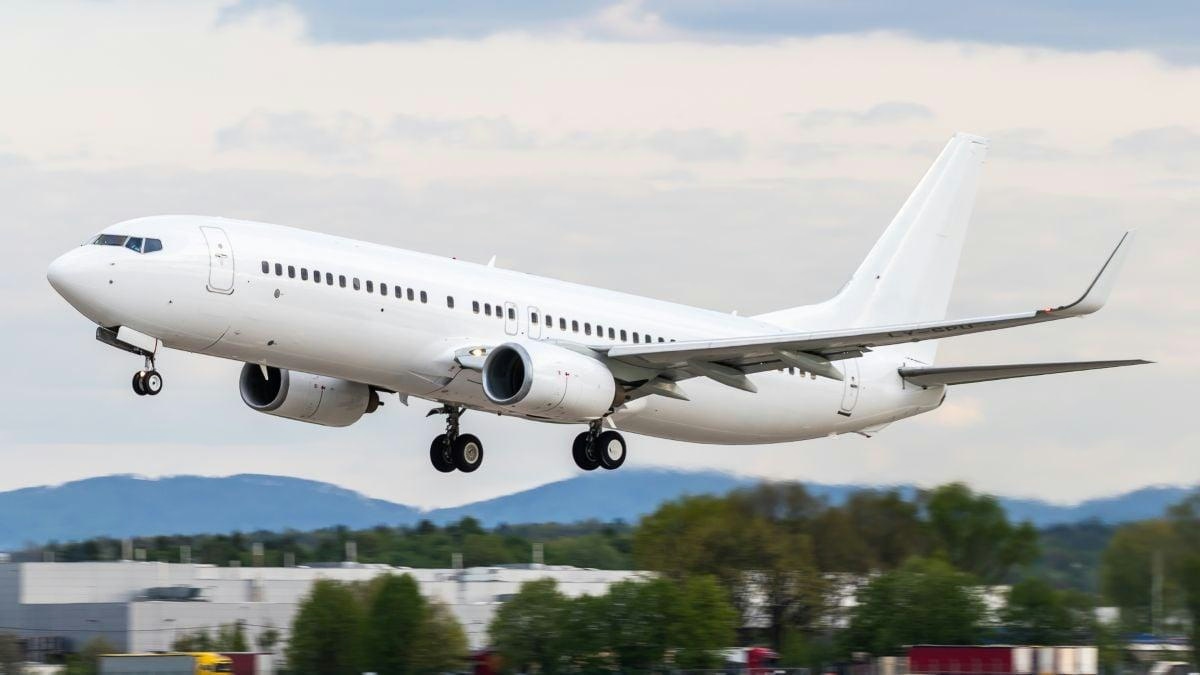
KlasJet Expands Air Peace Fleet with Boeing 737
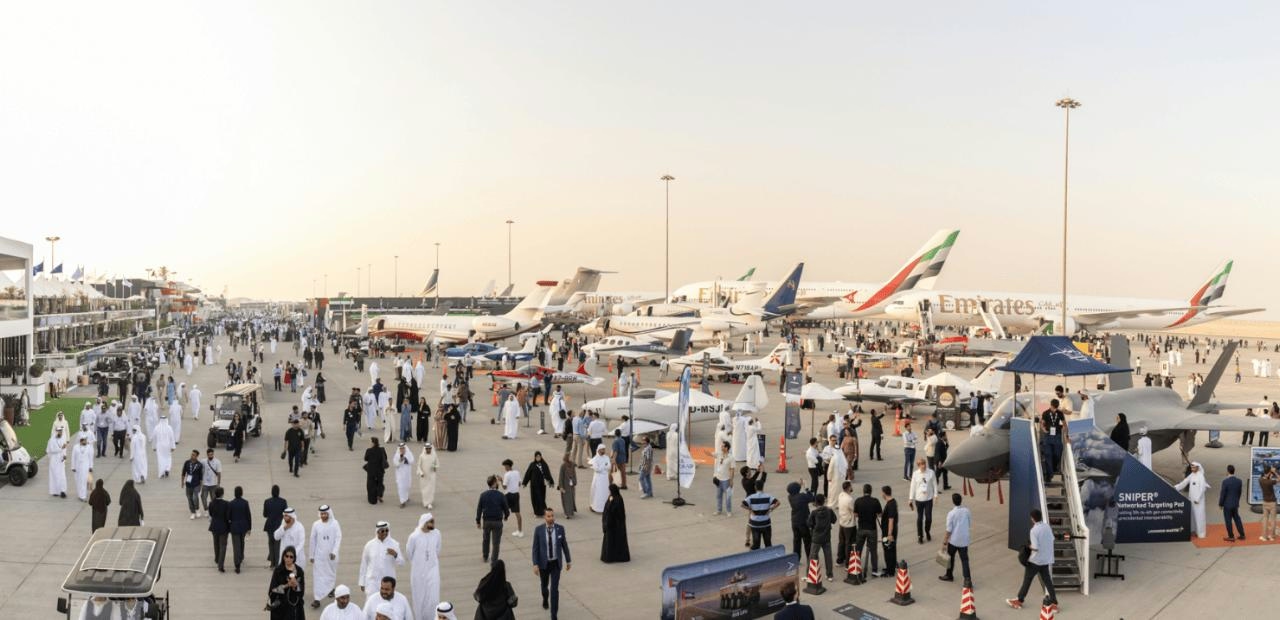
Dubai South Expands Aerospace Hub to Accommodate Growing Widebody Aircraft Demand
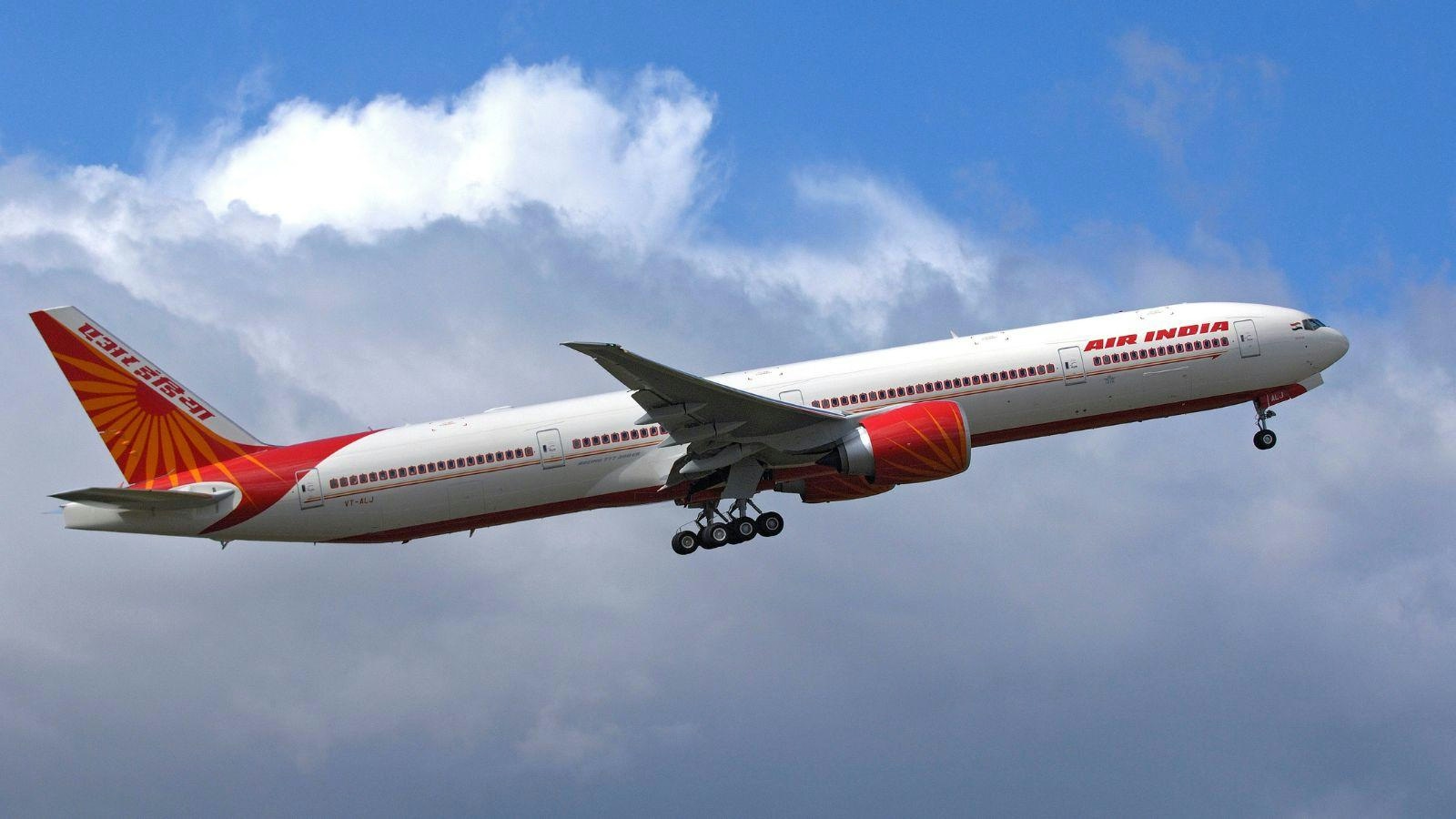
DGCA Investigates Engine Shutdown on Air India Boeing 777
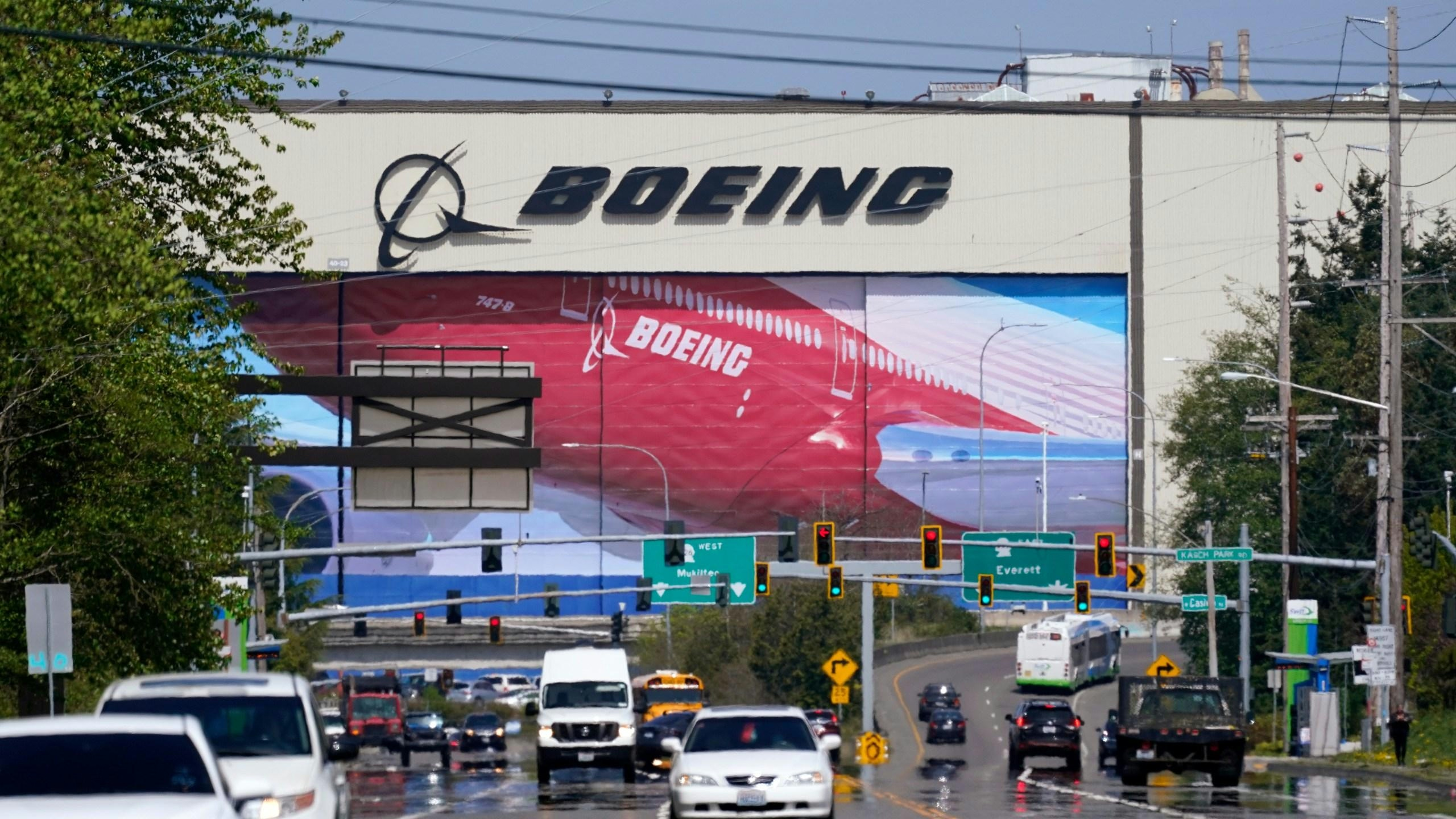
Boeing Sees Order Growth and Delivery Recovery Amid Ongoing Challenges
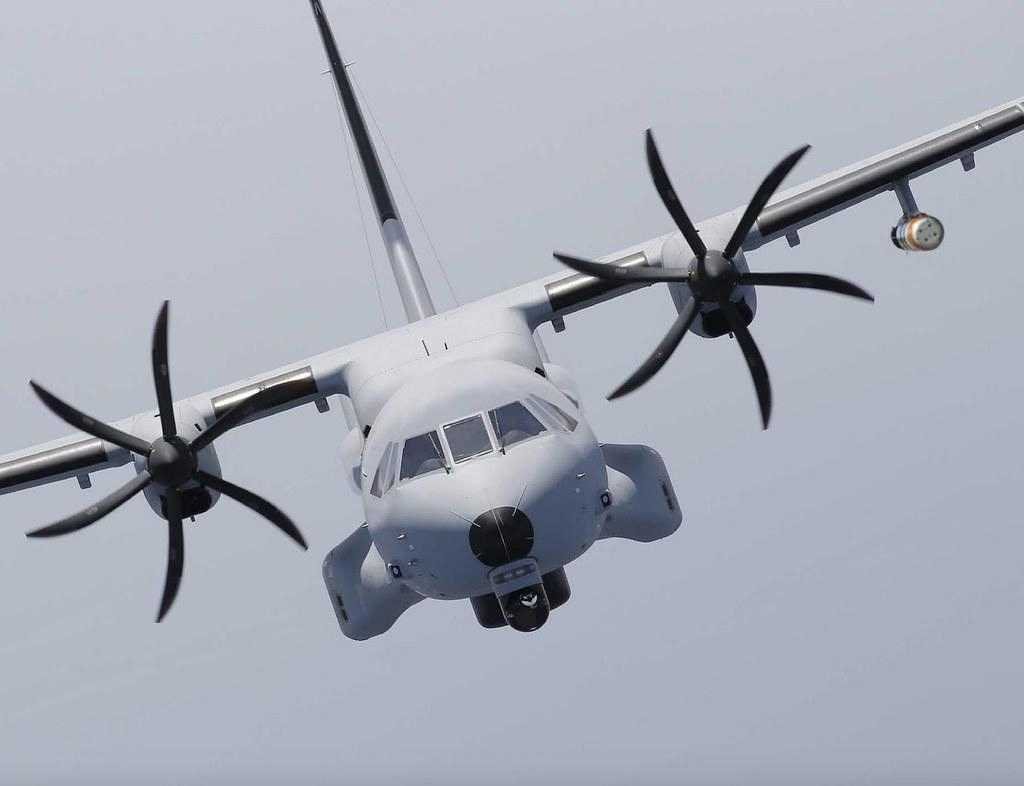
Spain Orders 18 C295 Transport Aircraft
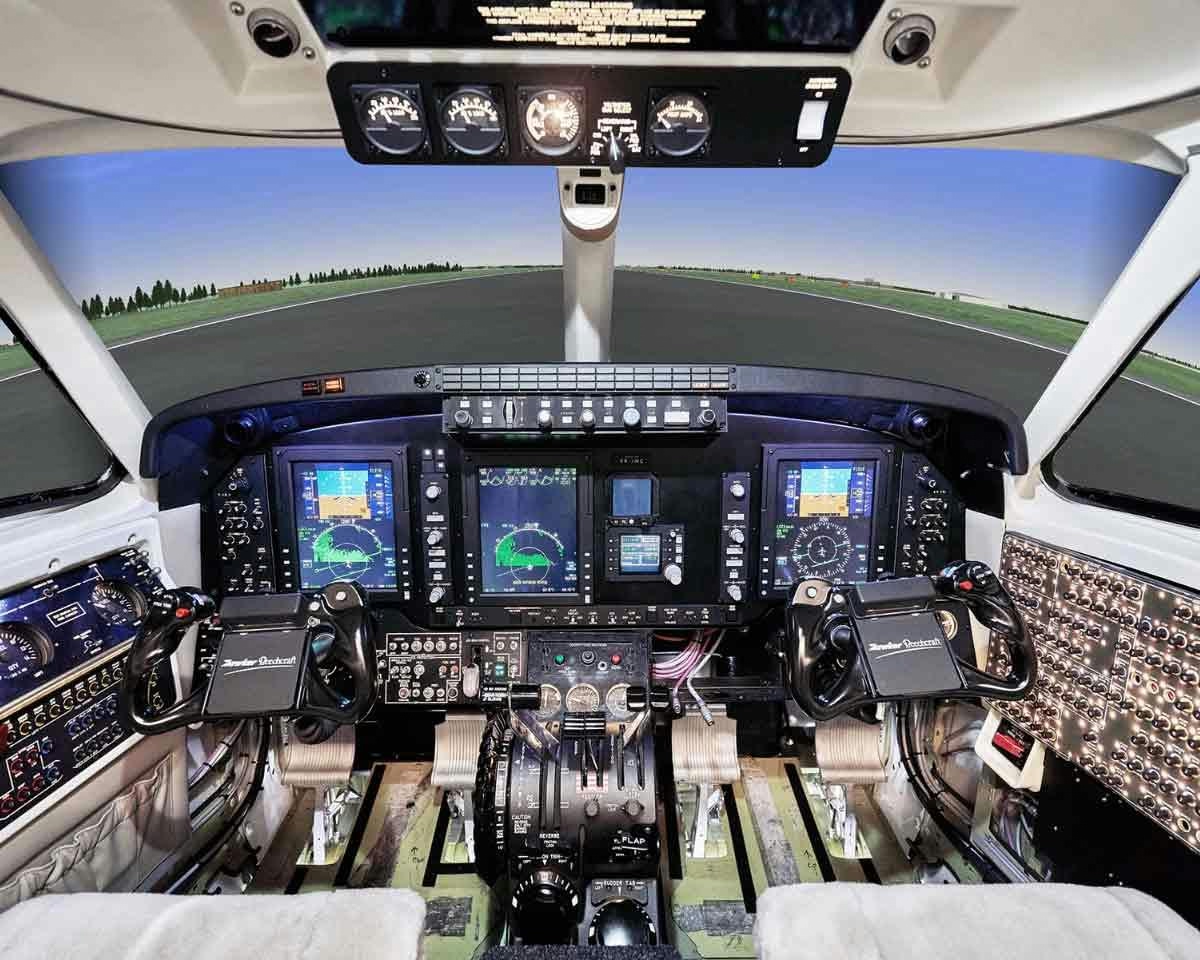
AXIS Introduces Automated AI Pilot Debriefing
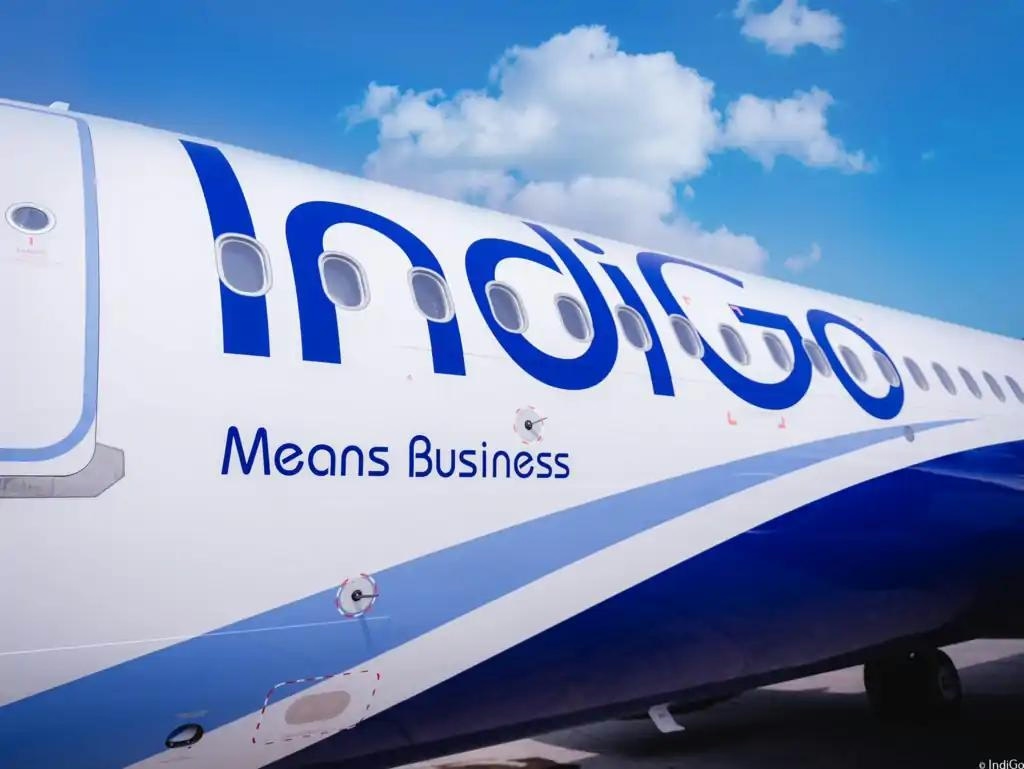
IndiGo's Aircraft Leasing Strategy: Navigating Regulatory Waters
